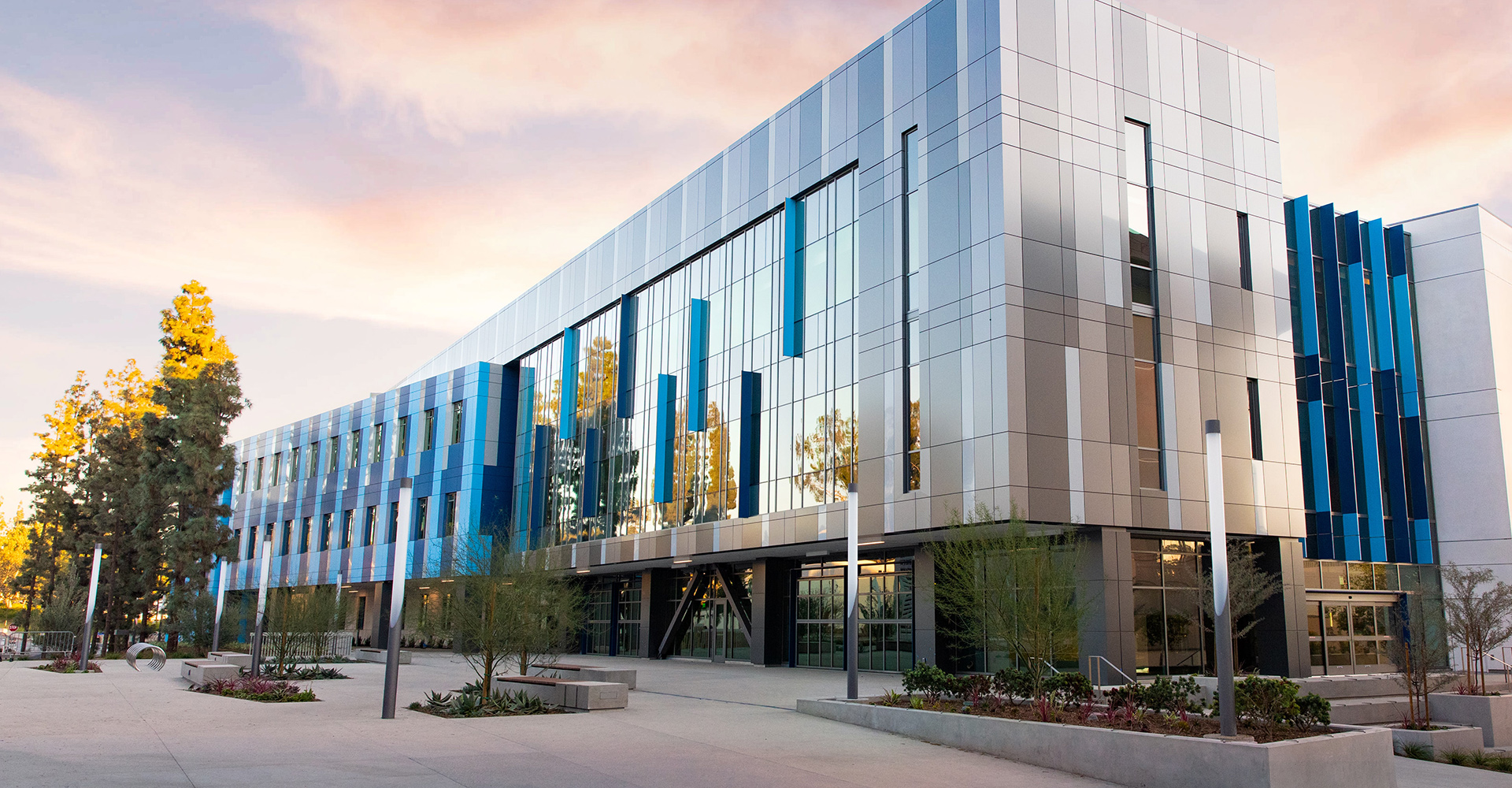It’s been a tough two years for the multifamily sector. The pandemic, public unrest spurred by inequality and discrimination, supply chain disruptions, workforce struggles, and soaring inflation have significantly impacted the rental housing industry and caused great uncertainty.
One of the greatest challenges, perhaps, is a lack of open inventory. Increased demand and limited supply have driven rents sky high — and experts aren’t sure when (or if) the numbers will fall. It’s prime time to invest in multifamily housing, upgrading and replacing existing units and building new ones.
This market needs attention, because it’s a vital component of the country’s housing ecosystem. Here’s how the future looks, according to sources from Pew Research, The U.S. Census, and the National Association of Homebuilders.
A Critical Link
The housing shortage has affected every age group, every demographic, every income level. At more than 70 million strong, millennials comprise a large portion of renters. As they transition from job to job, moving from location to location as needed, it’s easier to maintain mobility as renters rather than homeowners.
About 10,000 baby boomers turn 65 every day. Many in this age group are downsizing their homes, looking for apartments and townhomes to rent because they’re safer, lower maintenance, and generally more affordable for the wallet.
Yet unless rental construction accelerates — and organizations invest in upgrading and maintaining current rental properties — those seeking rentals will far outnumber the available properties.
Multiple Rental Options for a Diverse Population
A fast-growing segment of the rental market is what’s known as “build-for-rent” (BFR). This category refers to single-family style homes built exclusively for people to rent. It’s an attractive option for many. Families live in standalone homes with yards, benefitting from a larger property but without the hassle, constraints, and upkeep associated with home ownership.
Developers are building more senior living and 55+ rental communities throughout the country, too. Baby boomers and those in older generations appreciate the high-amenity living within these communities. They’re often quieter than general occupancy rentals and offer specialty services attractive to older residents.
Other developers have opted to build residences for the traditional multifamily sector — targeting specific populations and vulnerable communities who also need housing. People like homeless veterans, young adults aging out of foster care, individuals ready to reintegrate into society, new college graduates working too far from home, and many other groups need safe, affordable places to live, too.
To Invest in One Benefits All
Building a new rental unit or refurbishing an existing one benefits the entire housing system. How? Because updated (or new) multifamily units can rent at a higher price enabling landlords to charge lower rates for older units to fit a wider range of budgets. More affordable rents help families find homes better suited to their needs without causing undue financial hardship.
And when people aren’t spending a greater percentage than usual for housing — NerdWallet recommends no more than 30% of monthly income max— they have more money for discretionary spending in other consumer categories. The whole economy benefits when housing is affordable for all.
Investing in Multifamily Housing
Is it worth it to invest in multifamily housing? In a word, yes. The economic benefits significantly outpace dollars invested in units. The National Association of Homebuilders says, “fixed housing investment plus housing services spending contributed nearly $3.9 trillion to the U.S. economy in 2021, almost 17% of GDP.”
But how does the multifamily asset class look now, in 2022? New York City provides an interesting case study based on the movement of this asset from 2019 through 2021. For example, the median Manhattan rent dropped below $2,800 at the end of 2020. Vacancy rates rose above 5%. The low rents (by NYC standards, anyway) attracted more people to the city, but a long-term investment strategy isn’t sustained by low rents.
Once vaccines became widely available, multifamily rents per square foot slowly began to move closer to pre-2020 numbers. Throughout last year, vacancies dropped below 2% but most incredibly, rents accelerated, growing a meteoric 24%. According to Forbes, 2021 investments in the multifamily sector ended with over $8 billion in transactions — a 72% increase over the previous year. Q4 2021 alone saw its highest quarter since 2018 — over $3 billion in multifamily sales activity. Affordable housing also thrived during 2020 and 2021, representing 25% of multifamily volume — and contributing to the number one and three largest transactions in the city.
Momentum in this class remains strong. Experts predict that, while pricing remains lower than the past 10 years, multifamily housing remains a solid investment growth opportunity. National pricing has improved as cap rates have decreased.
According to a PwC report, domestic and foreign investors are reinvigorating the real estate market. Among the most-sought properties? Industrial assets and single- and multi-family housing. Also attractive among the real estate dealmakers and institutional investors are alternative properties including self-storage facilities, studio space, student housing, and data centers. In general, these property types generally offer higher returns without a greater risk.
Many CRE experts agree that while Class A assets in urban areas were hit hard during the pandemic, they offer a good outlook for investments over the near and medium term. With the Federal Housing Finance Authority (FHFA) establishing a $78 billion cap on multifamily purchase volumes this year — up 11.4% from 2021 — for Freddie Mac and Fannie Mae, they anticipate strong value growth. Even with rising interest rates, liquid multifamily debt capital markets — mortgage REITs, debt funds, and more traditional lending sources — are predicted to stabilize.
Are you a commercial real estate investor or looking for a specific property to meet your company’s needs? We invite you to talk to the professionals at CREA United: an organization of CRE professionals from 92 firms representing all disciplines within the CRE industry, from brokers to subcontractors, financial services to security systems, interior designers to architects, movers to IT, and more.

